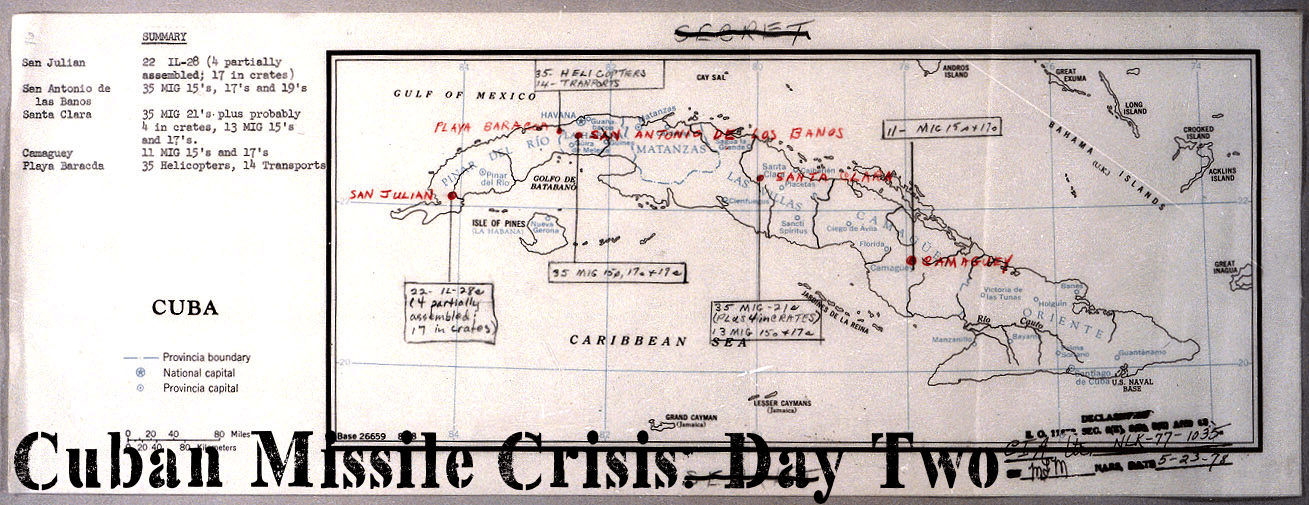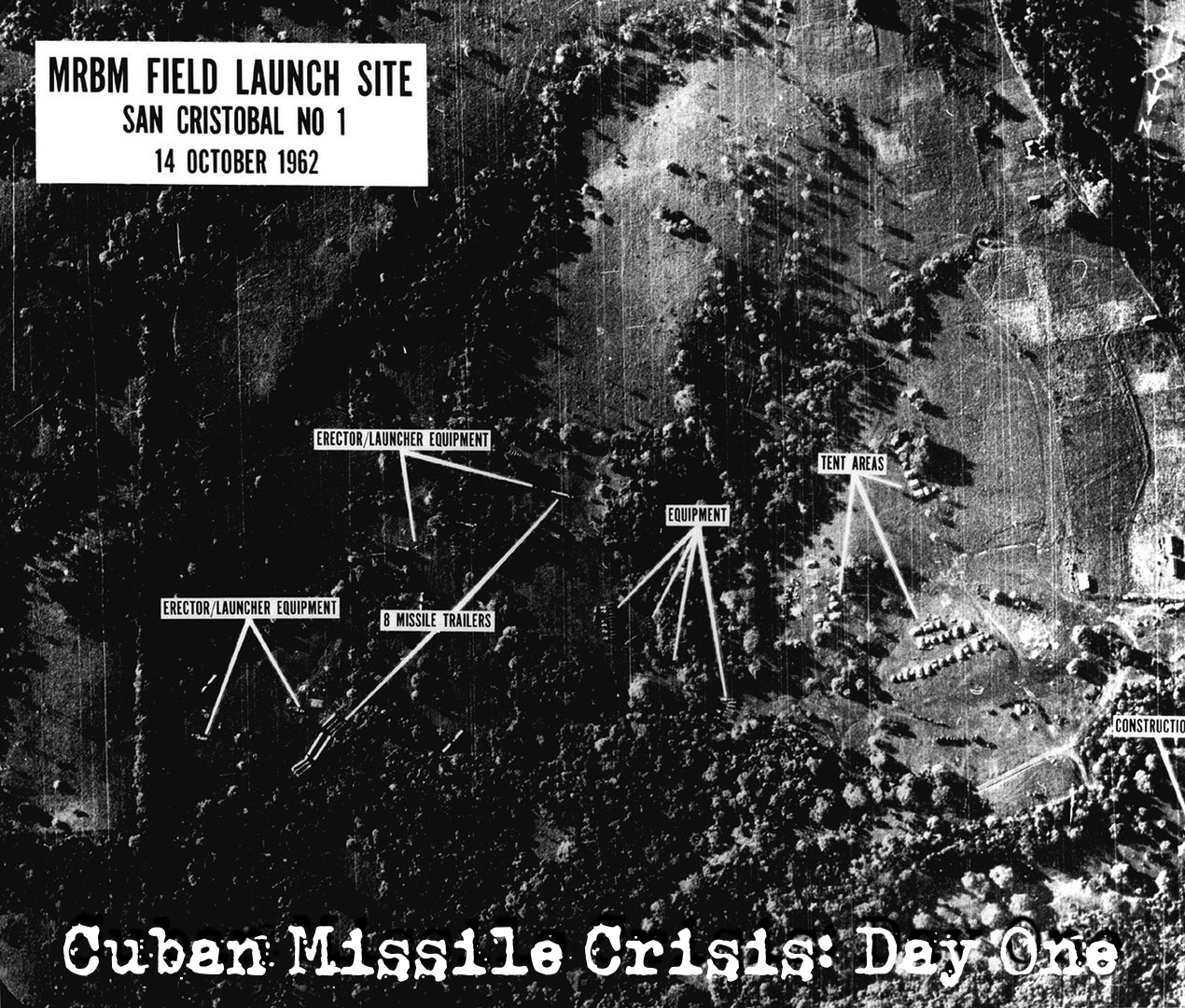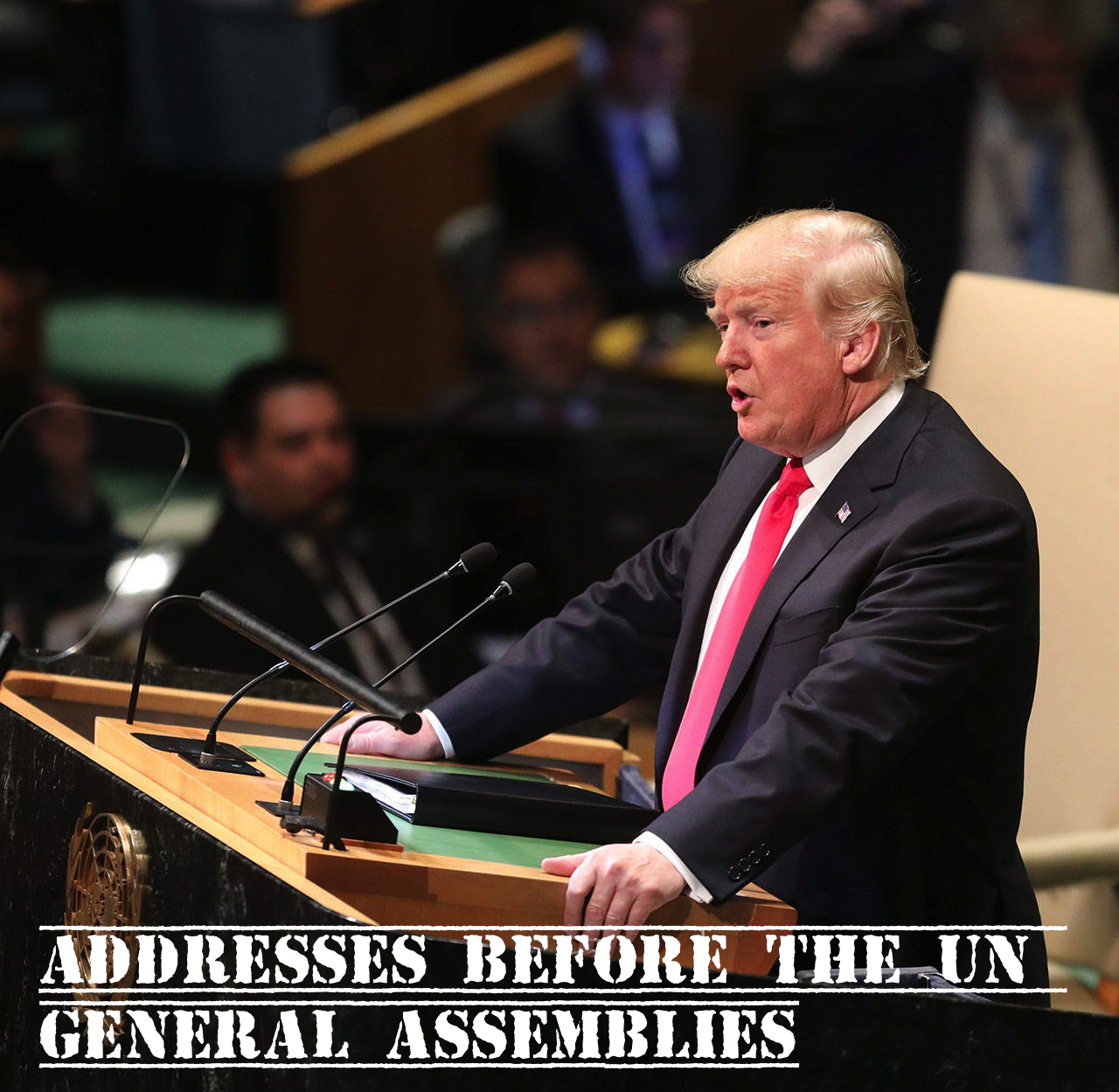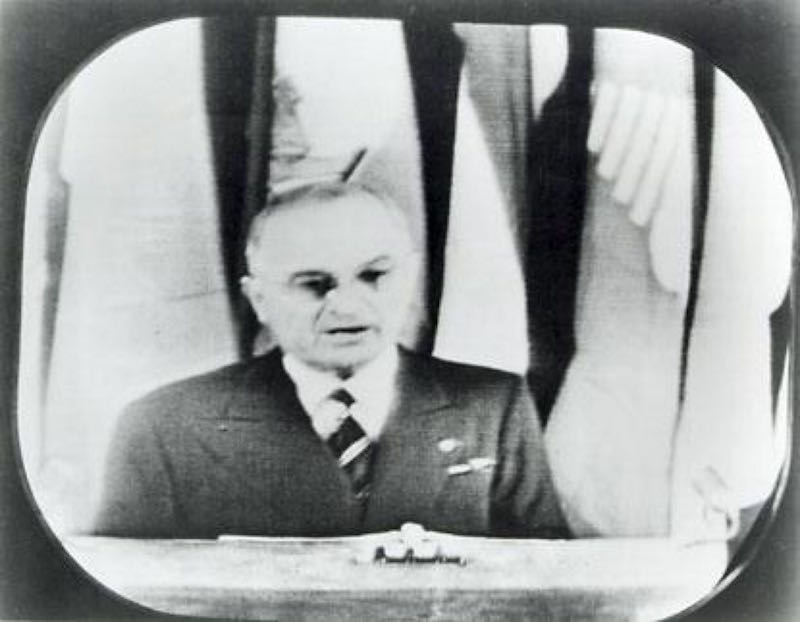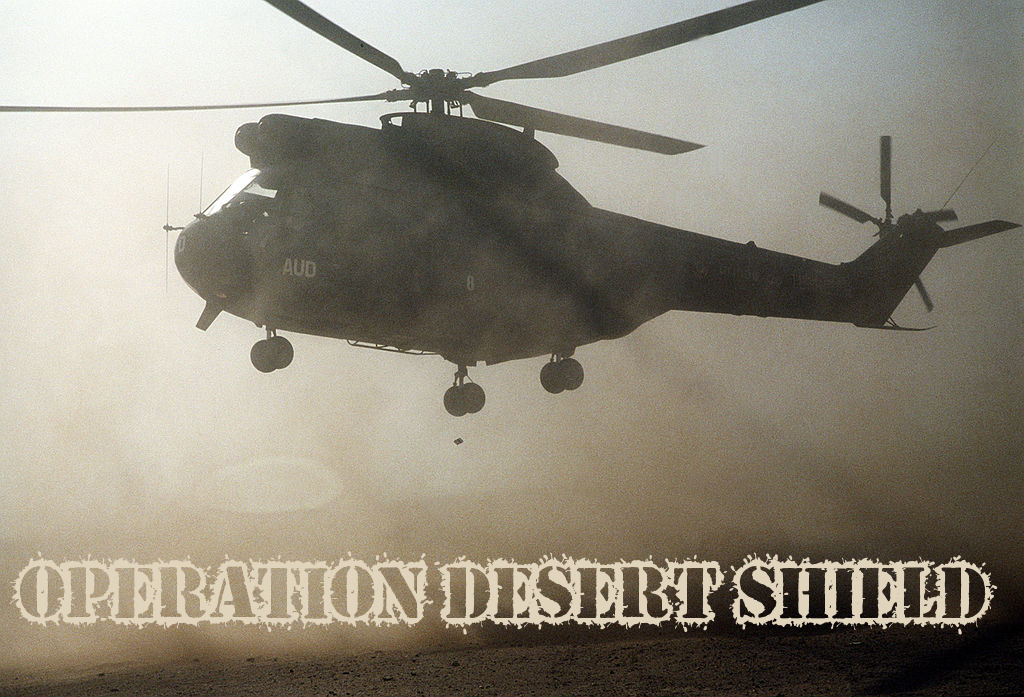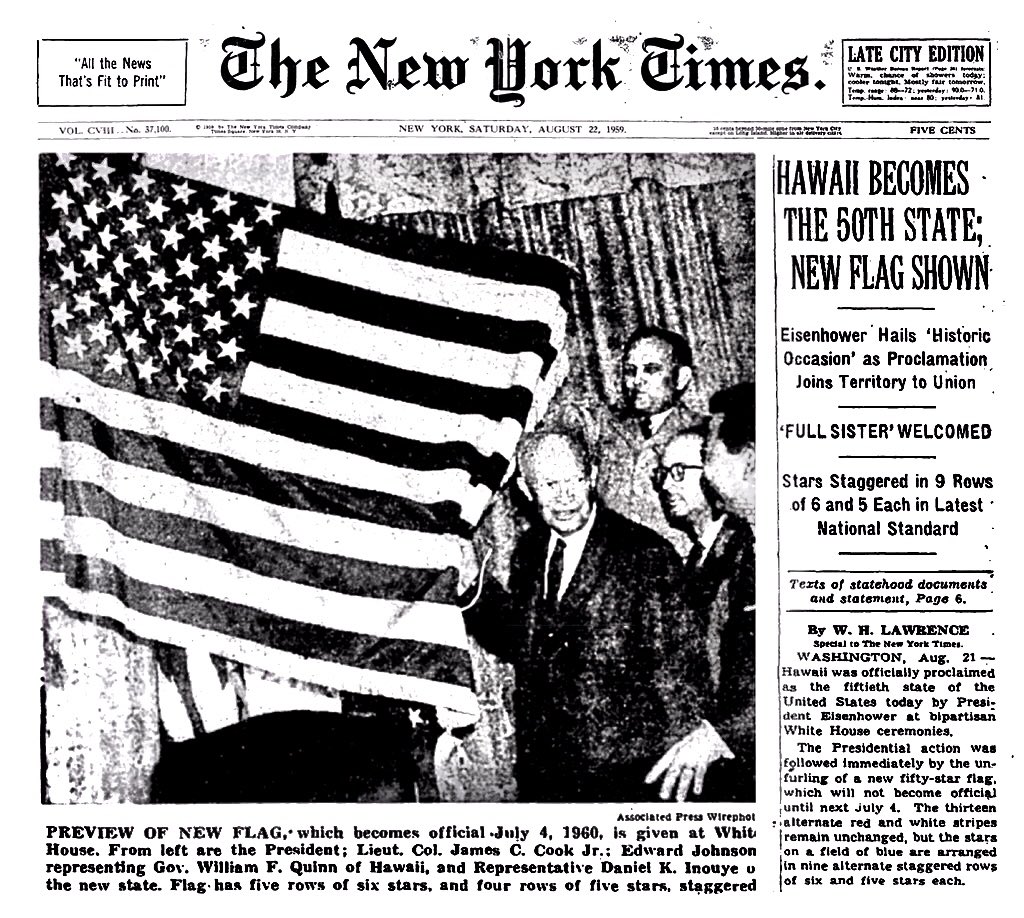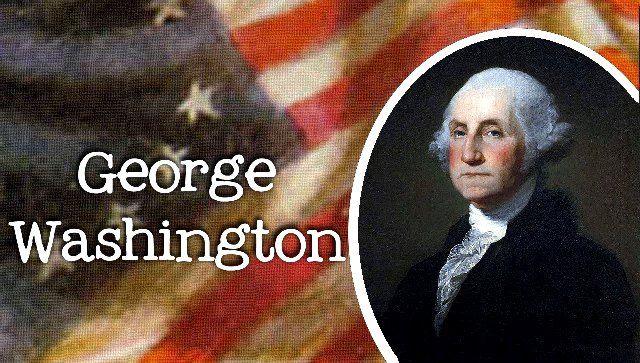Cuban Missile Crisis: Day Two
Cuban Missile Crisis: Day Two Wednesday, October 17, 1962: American military units begin moving to bases in the Southeastern U.S. as intelligence photos from… Read More »Cuban Missile Crisis: Day Two
Cuban Missile Crisis: Day Two Wednesday, October 17, 1962: American military units begin moving to bases in the Southeastern U.S. as intelligence photos from… Read More »Cuban Missile Crisis: Day Two
Cuban Missile Crisis: Day One At 8:45 AM on Tuesday, October 16, 1962, President Kennedy, still in his pajamas, had his breakfast interrupted by National Security… Read More »Cuban Missile Crisis: Day One
Today in History: September 25, 1961 & 2018 – Addresses Before the UN General Assemblies Today, President Trump addressed the UN General Assembly. It was… Read More »Today in History: September 25, 1961 & 2018 – Addresses Before the UN General Assemblies
Today in History: September 12, 1962 – Kennedy’s “We Go to the Moon” Speech On September 12, 1962, at Rice University in Houston, Texas, President Kennedy… Read More »Today in History: September 12, 1962 – Kennedy’s “We Go to the Moon” Speech
Today in History: September 4, 1951 – Truman Makes the 1st Transcontinental TV Broadcast From San Francisco, Truman’s opening conference speech was broadcast across the… Read More »Today in History: September 4, 1951 – Truman Makes the 1st Transcontinental TV Broadcast
John Adams John Adams was born in 1735 in Massachusetts Bay Colony at Braintree. His birthplace – the oldest presidential house – still… Read More »John Adams
Today in History: August 22, 1990 – President Bush Signs Executive Order 12727 President George W. Bush (#41), signed Executive Order 12727—Ordering the Selected Reserve of… Read More »Today in History: August 22, 1990 – President Bush Signs Executive Order 12727
Today in History: August 21, 1959 President Dwight D. Eisenhower signed a proclamation that made Hawaii the 50th state of the union. I guess this… Read More »Today in History: August 21, 1959
Networking for America The staff at USA-eVote is smart enough to know, we aren’t going to change diddly-squat on our own. On the other hand… Read More »Networking for America
George Washington After much discussion, we decided that the next feature we should add is mini biographies about presidents, generals, and other important historical… Read More »George Washington
